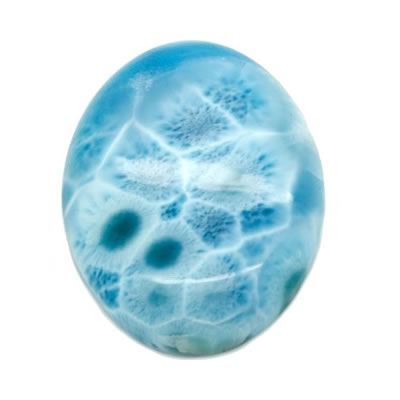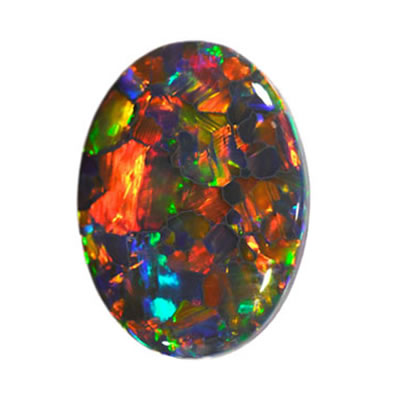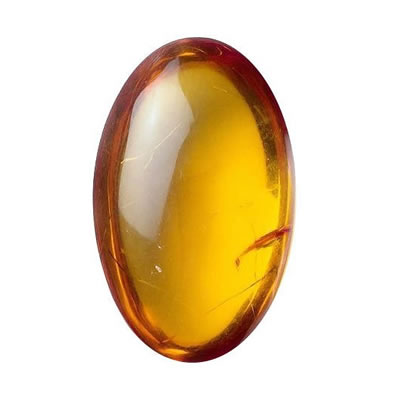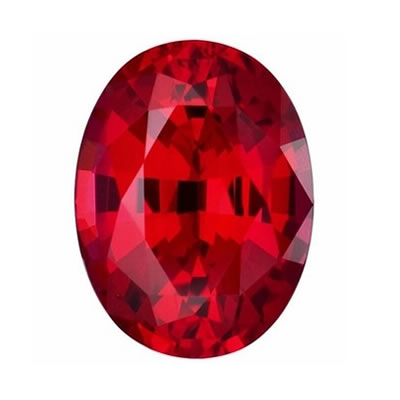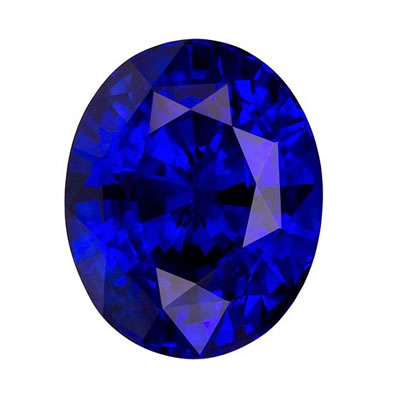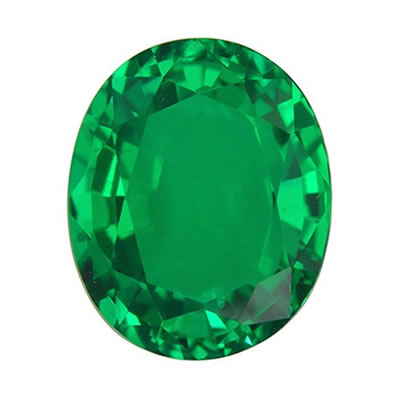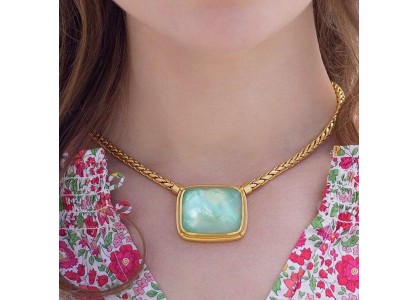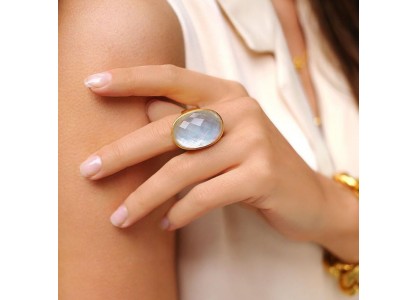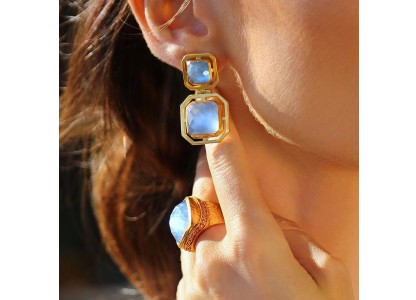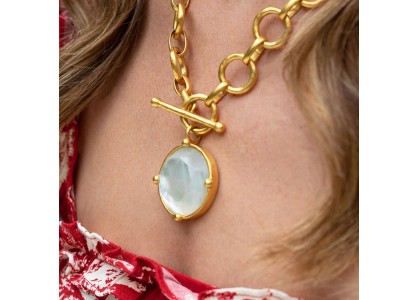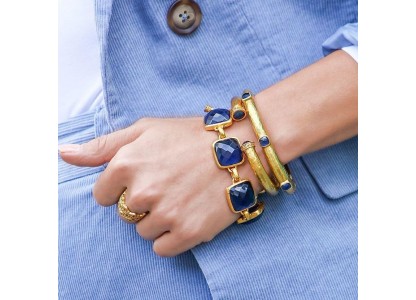Only left
Happy St Patrick's Day - All GREEN COLOR Jewelry 90% OFF + All RINGS & EARRINGS 90% OFF + Other JEWELRY 86% OFF
- Only left
Kyanite

Kyanite jewelry
Etymology and history
Kyanite comes from the Greek word, "Kyanos", or blue. Historically, this beautiful stone was often mistaken for sapphire because, Of its intense, sparkling, colors. Kyanite is the variant spelling of the original name of this mineral, cyanite. The name was given by Abraham Gottlob Werner in 1789.Kyanite description
The rough kyanite crystal is usually blue in color. However, the kyanite gem can also be green, grey, dark grey, white, black and colorless as well. The color is not always consistent and intense throughout the crystal and often white streaks in a medium blue can be seen. The luster of the kyanite gem stone is vitreous to almost pearly. The chemical composition of natural kyanite is aluminum silicate (Al 2 SiO5). The specific gravity ranges from 3.56 to 3.67 and the refractive index range lies between 1.715 and 1.732. The hardness of on Mohs scale is 4 to 4.5 along the axes and 6 to 7 across the axes. The hardness of the kyanite gem stone changes with direction and this characteristic property gives this gem the name - disthene. In ancient times it was believed that a kyanite suspended from a human hair could fallow the Earth's magnetic force like a compass needle.Kyanite in jewelry
Kyanite can work well in many styles of jewelry, from casual to elegant. Sometimes, kyanite's coloring is not consistent, with streaks or patches of varying shades appearing within the gem. Kyanite jewelry looks beautiful set in sterling silver or 14kt gold.Occurrence
Today, kyanite can be found in Brazil, Kenya, France, U.S, India and Switzerland.Need Help? Have Questions?
Talk to Our Jewelry Experts
Monday to Friday from 9AM to 5PM EST

